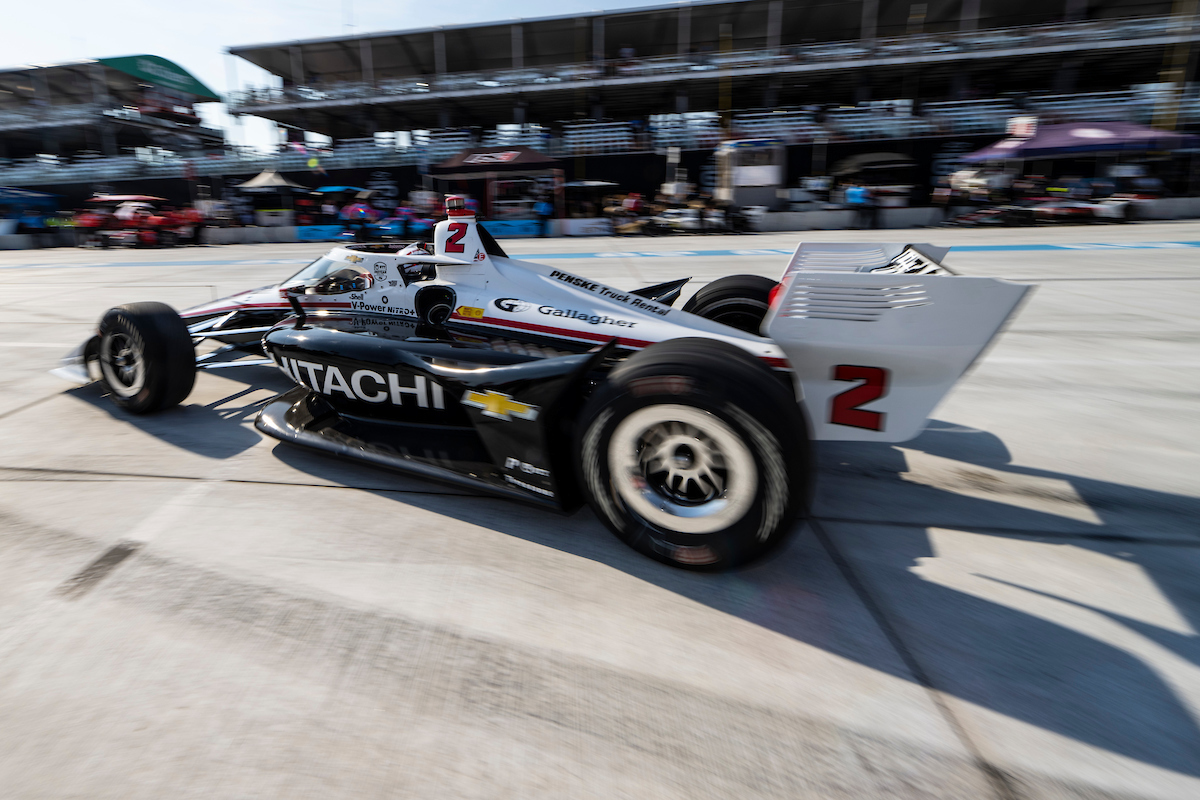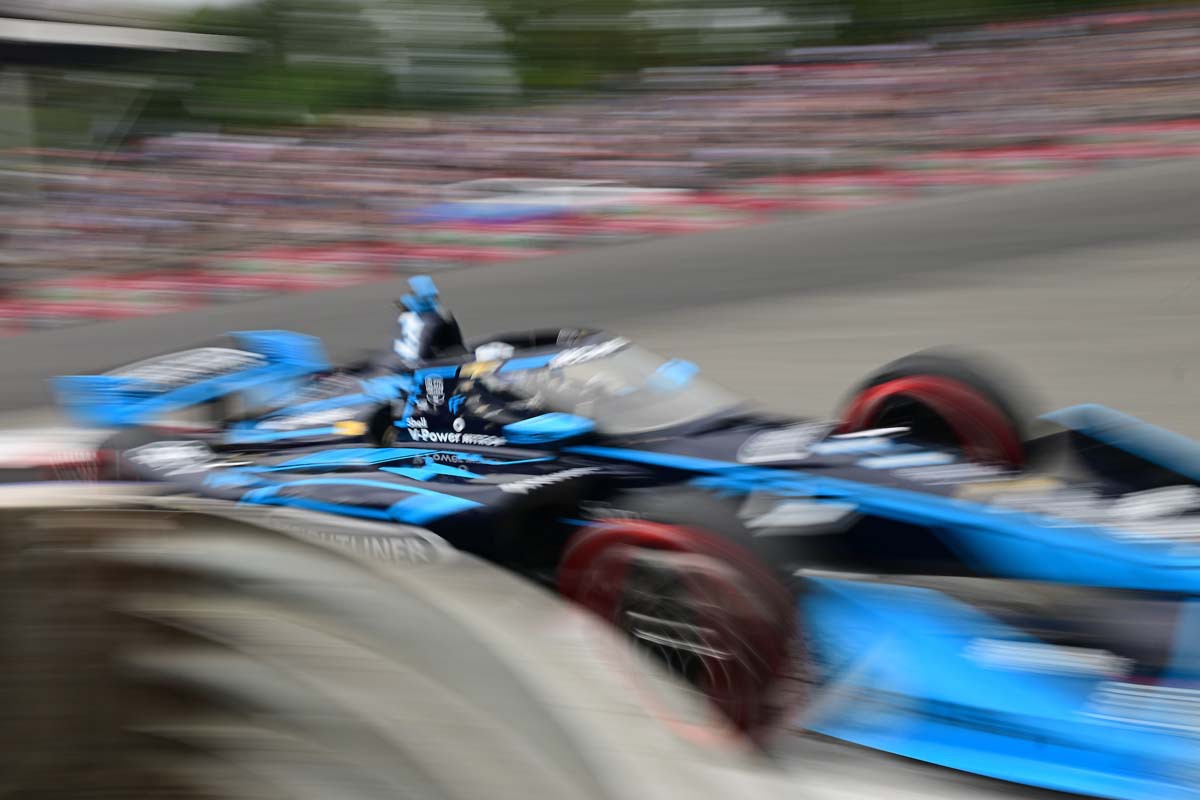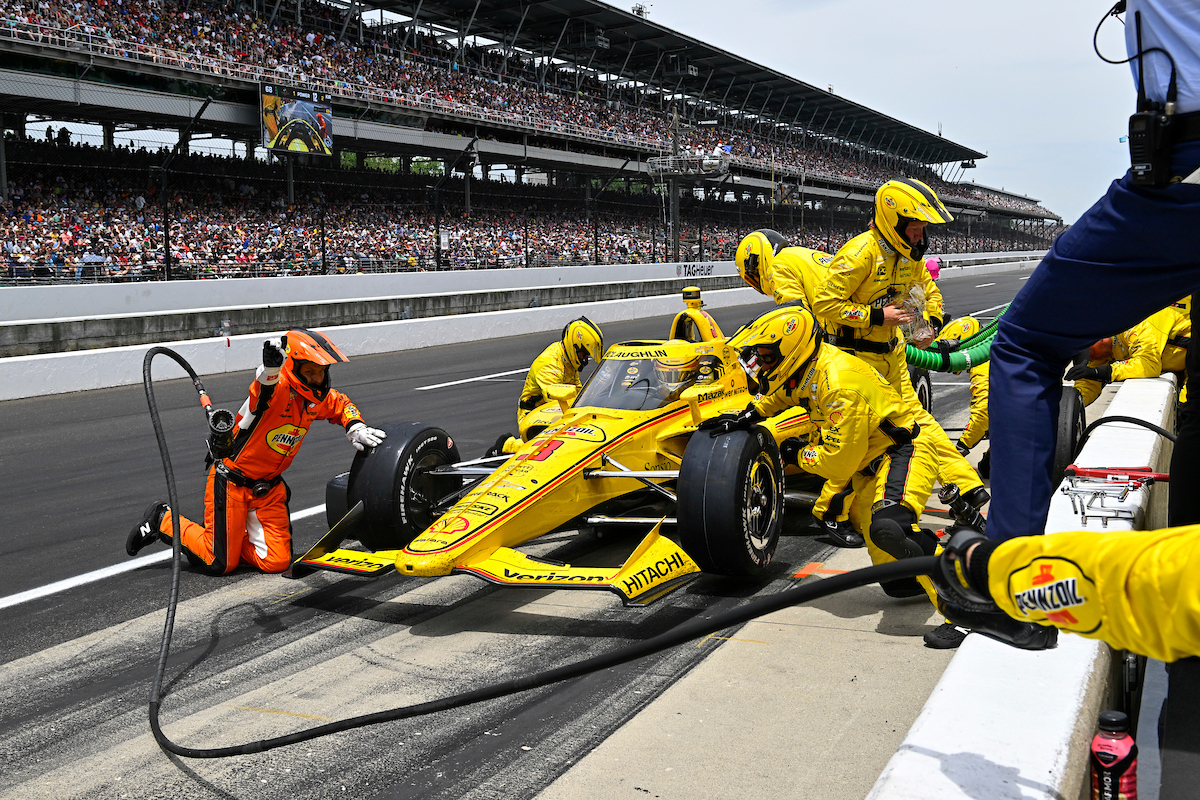The Indianapolis 500: A Look Back at America’s Most Iconic Race
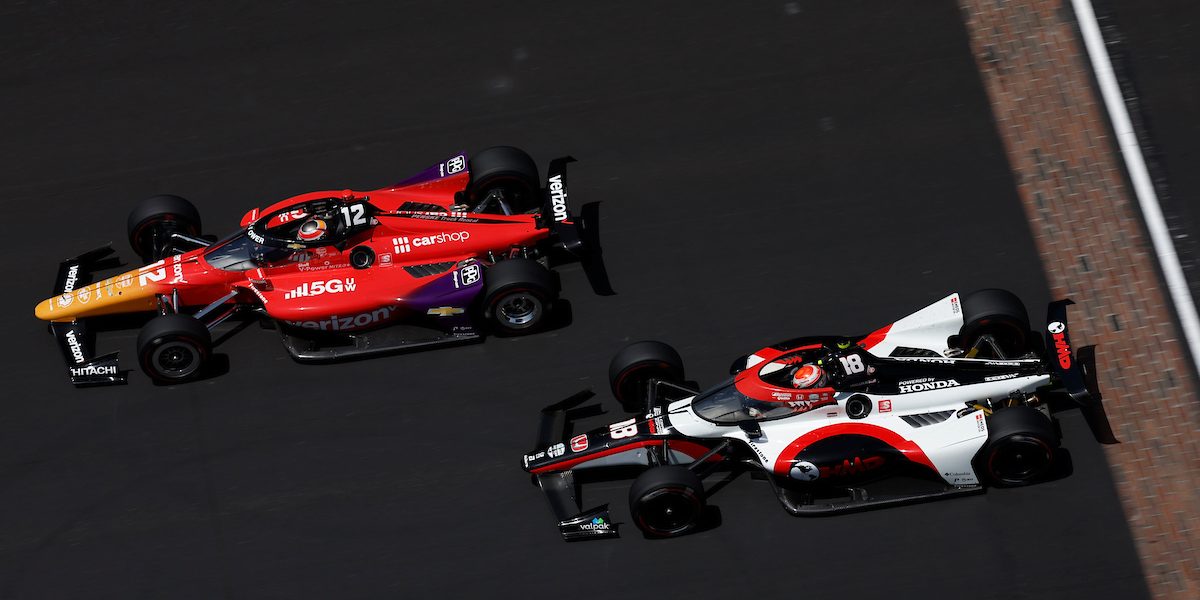
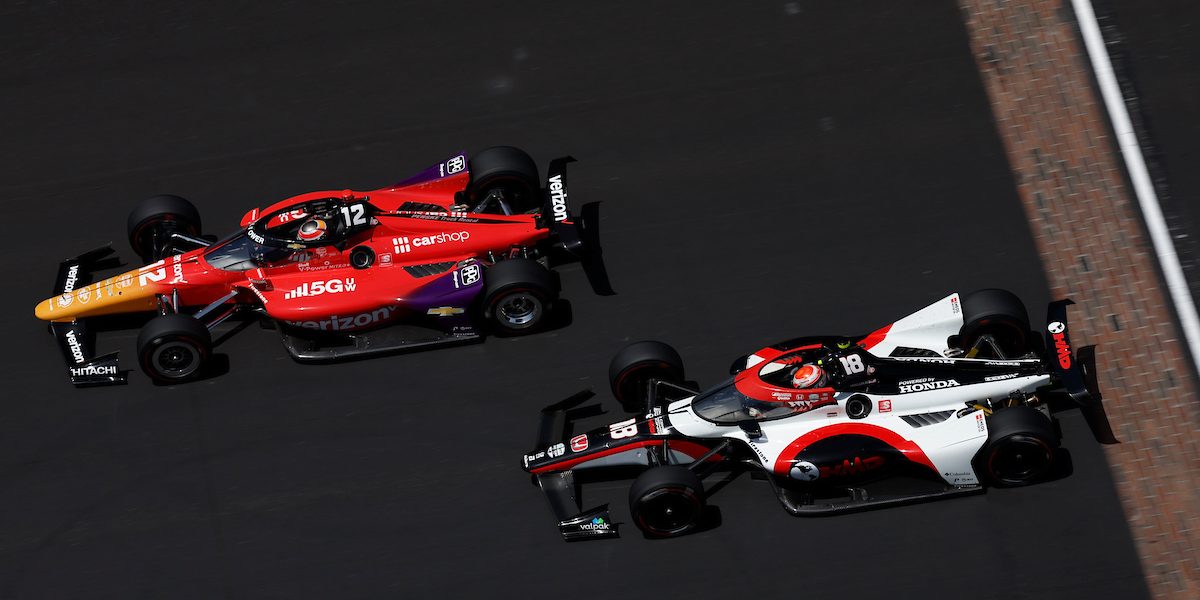
The Indianapolis 500 is one of the most iconic races in America, and it has a rich and fascinating history. This race has been held at the Indianapolis Motor Speedway since 1911, making it one of the oldest automobile races in the world. Over the years, it has become a beloved tradition for racing fans and a symbol of American culture.
Throughout its history, the Indianapolis 500 has seen many changes and challenges. From its early days as a dirt track race to the modern, high-tech spectacle that it is today, the race has evolved and adapted to the times. It has also faced setbacks, such as the cancellation of the race during World War I and World War II, and the tragic accidents that have claimed the lives of drivers and spectators alike. Despite these challenges, the Indianapolis 500 has endured and remains as popular as ever.
Table of Contents
The Early Days of the Indy 500
The Indianapolis 500 is one of the most iconic races in the world, with a rich history dating back over 100 years. The first race was held in 1911, and it quickly became a staple of American motorsports. The early days of the Indy 500 were marked by innovation, daring drivers, and fierce competition.
In the early years of the race, European manufacturers like Peugeot, Delage, and Mercedes dominated the field, but American automakers soon began to make their mark. The most successful American companies in the early years of the race were hometown favorites like Stutz, Marmon, and Duesenberg.
The early races were also marked by innovation and experimentation. Drivers and engineers were constantly looking for ways to improve their cars and gain an edge on the competition. In 1911, Ray Harroun won the first Indy 500 driving a single-seater Marmon Wasp that featured a revolutionary rearview mirror, which was the first time such a device had been used in a race.
Another innovation that emerged in the early days of the race was the use of pit stops. Drivers quickly realized that they could gain an advantage by making quick stops to change tires, refuel, and make repairs. By the 1920s, pit stops had become a standard part of the race, and they remain a crucial element of the Indy 500 to this day.
The Golden Age of Racing
The Indianapolis 500 has seen many eras of racing, but none quite as iconic as the Golden Age of Racing. This era, spanning from the 1950s to the 1980s, saw some of the most memorable moments in the history of the race. From record-breaking speeds to legendary drivers, the Golden Age of Racing left an indelible mark on the Indy 500.
The 50s and 60s
The 1950s and 1960s were a time of innovation and change in the world of racing, and the Indy 500 was no exception. In 1957, Sam Hanks won the race at an average speed of 135.601 mph, setting a new record that stood for over a decade. The 1960s saw the rise of legendary drivers like A.J. Foyt and Mario Andretti, who would go on to dominate the race for years to come.
The 1960s also saw the introduction of new technology to the race. In 1963, Jim Clark won the Indy 500 in a rear-engine car, a first for the race. This innovation would go on to revolutionize the sport of racing, making cars faster and safer than ever before.
The 70s and 80s
The 1970s and 1980s were a time of intense competition in the Indy 500. Drivers like Rick Mears and Bobby Unser battled it out on the track, pushing each other to new heights of speed and skill.
The 1980s also saw the rise of female drivers in the Indy 500. In 1977, Janet Guthrie became the first woman to qualify for the race, paving the way for future generations of female racers. In 1985, Danny Sullivan won the race in a dramatic spin-and-win maneuver that is still talked about to this day.
Overall, the Golden Age of Racing was a time of innovation, competition, and excitement in the world of racing. It produced some of the most memorable moments in the history of the Indy 500, and cemented the race’s place as one of the most iconic sporting events in America.
The Modern Era
The 90s and 2000s
The 1990s and 2000s brought about significant changes to the Indianapolis 500. In 1996, Tony George, the president of the Indianapolis Motor Speedway, created the Indy Racing League (IRL) in an effort to make the race more affordable and accessible to teams and drivers. However, this move also led to a split in American open-wheel racing, with some teams and drivers remaining in the established Championship Auto Racing Teams (CART) series. Despite the split, the Indianapolis 500 continued to draw large crowds and high-profile drivers. In 1993, Emerson Fittipaldi became the first driver to win the race twice since Al Unser Sr. in 1987. In 1994, Brazilian driver Ayrton Senna tragically lost his life in a crash during the San Marino Grand Prix, but his legacy lived on at the Indianapolis 500. In 2001, Helio Castroneves became the first driver since Al Unser Sr. to win the race in his first two attempts.
The 2010s and Beyond
The 2010s brought about further changes to the Indianapolis 500. In 2012, the race was moved to a later start time to accommodate television viewers on the West Coast. In 2013, the IRL merged with CART to form a new series, the Verizon IndyCar Series. The 2010s also saw the emergence of new stars at the Indianapolis 500. In 2011, rookie JR Hildebrand came within a few hundred feet of winning the race, only to crash on the final turn and hand the victory to Dan Wheldon. In 2016, 24-year-old Alexander Rossi stunned the racing world by winning the race as a rookie, despite running out of fuel in the closing laps. Overall, the modern era of the Indianapolis 500 has been marked by changes and challenges, but the race remains one of the most iconic and beloved events in American sports.
Famous Moments in Indy 500 History
The Indianapolis 500 has seen its fair share of historic moments since its inception in 1911. Here are just a few of the most famous moments that have shaped the race’s legacy:
- 1933: The First Three-Time Winner – Louis Meyer became the first driver to win the Indy 500 three times, cementing his place in racing history.
- 1961: The First Rear-Engine Winner – Jack Brabham’s victory in a rear-engine car marked a significant shift in the design of Indy cars, as the rear-engine layout would become the norm in the years to come.
- 1967: The First Turbine-Powered Car – Parnelli Jones drove the controversial STP-Paxton Turbocar to the lead for much of the race, but a transmission failure ultimately cost him the win.
- 1977: The First Female Driver – Janet Guthrie became the first woman to qualify for the Indy 500, paving the way for future female racers.
- 1982: The Closest Finish – Gordon Johncock held off Rick Mears by just 0.16 seconds in a thrilling battle to the checkered flag.
- 1989: The First Lap Over 220 mph – Emerson Fittipaldi broke the 220 mph barrier during qualifying, setting a new speed record that would stand for over a decade.
- 1992: The Closest Finish…Again – Al Unser Jr. beat Scott Goodyear by just 0.043 seconds in what remains the closest finish in Indy 500 history.
- 2005: Danica Patrick’s Historic Run – Patrick became the first woman to lead laps in the Indy 500, finishing fourth in a breakout performance that captured the attention of the racing world.
These moments, and many others, have helped make the Indianapolis 500 one of the most iconic sporting events in the world, and cemented its place in the annals of motorsport history.
The Future of the Indy 500
As one of the oldest and most iconic races in the world, the future of the Indy 500 is always a topic of discussion among racing enthusiasts. Here are a few possible scenarios for the future of the race:
1. Technological Advancements: With the rapid advancement of technology, it’s possible that the cars used in the Indy 500 will become even faster and more efficient. This could lead to new records being set and more exciting races.
2. Environmental Concerns: As concerns about the environment continue to grow, it’s possible that the Indy 500 will need to adapt to more eco-friendly practices. This could mean using electric or hybrid cars, or finding ways to reduce the carbon footprint of the race.
3. Changes in the Racing Industry: The racing industry is constantly evolving, and it’s possible that the Indy 500 will need to adapt to stay relevant. This could mean changes to the format of the race, or even changes to the rules and regulations.
4. International Expansion: While the Indy 500 is already a global event, there is always the possibility that it could expand even further. This could mean hosting races in other countries, or even creating a global championship series.
Overall, the future of the Indy 500 is uncertain, but one thing is for sure – this iconic race will continue to captivate audiences around the world for many years to come.






